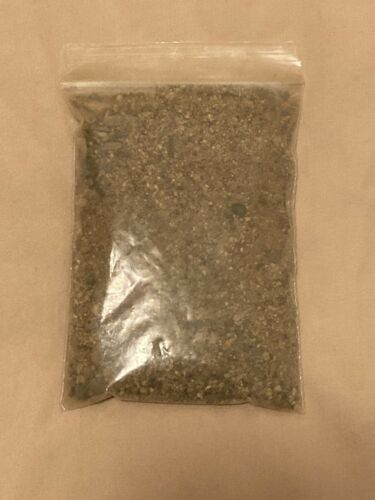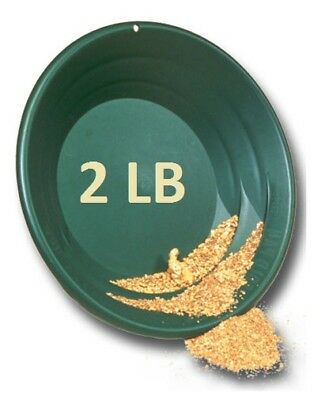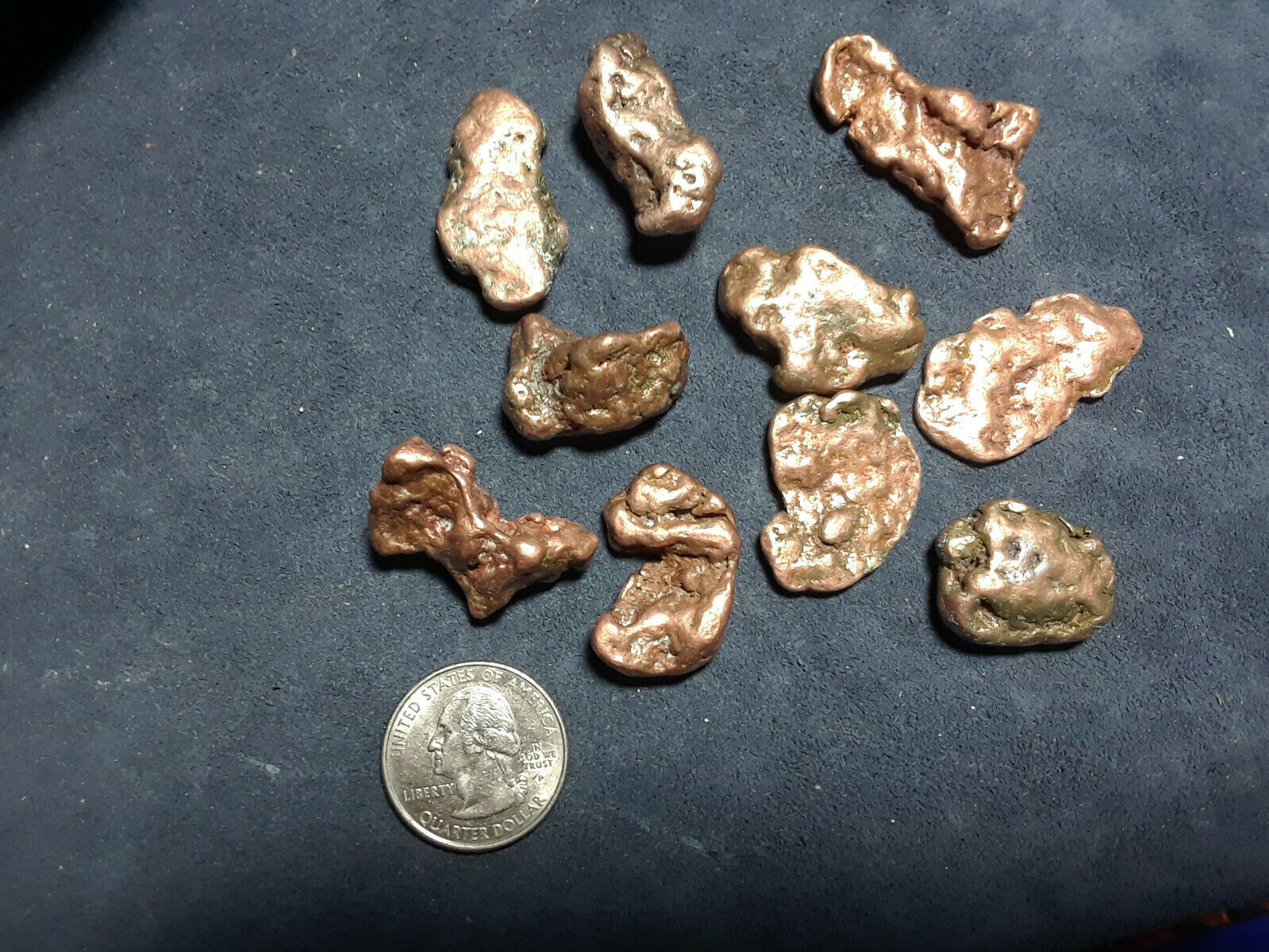-40%
OXIDIZED BLOOD GOLD QUARTZ SPECIMEN .78 GRAM NATURAL GOLD IN QUARTZ
$ 23.76
- Description
- Size Guide
Description
OXIDIZED GOLD QUARTZ SPECIMENfrom
CALIFORNIA
R
uler is
1/4"
wide (6 mm). U.S. 10 cent coin is 17 mm in diameter.
S
pecimen weight:
.78
G
ram -
12.1
G
rains (Troy)
S
ize:
11X7.8X7.1
mm
At one time, native iron in some mineralized form played some part in the creation of this amazing specimen. Little iron remains. It's now in an altered state changed by the effects of water and oxygen. This rock is siliceous in composition, coated with iron-stain, and contains several brilliant exposures of golden precious metal. Though small, it's an outstanding specimen from the goldfields of California.
For those who've kept track of my store these past several years, you'll know I don't sell low-grade specimens because if it shows gold, it can't be low grade ore.
S
ilicon dioxide (quartz) and Fe (iron) represent two of the most important elements in the universe. Earth can't be the only planet held together by these building-block minerals. People from the city see steel all around but give little thought to the iron ore deposits it's made from. Scientists maintain the earth's core is comprised of molten iron. Anywhere we travel around the surface of our planet, red earth presents strong evidence proving the presence of massive iron deposits. Iron oxidizes, breaks down and, when it does, traces are left behind. Leave some construction rebar out in the elements and see how quickly it starts to rust and disintegrate. Where is once was, there remains in the earth an ever-expanding halo of rust.
I sell authentic, naturally-occurring gold quartz ores with visible gold. These high-grade beauties are hard to find and expensive to obtain. My prices are not based upon the amount of gold contained, but upon the authenticity, rarity and collectability of these unique specimens.
U.S. SHIPPING - .00
(includes USPS tracking to all U.S. destinations)
INTERNATIONAL CUSTOMERS S&H
.00
FAST REFUND OFFERED
(If, for any reason, you're not happy with this item)
I poured through old mining dumps for years looking at orange-yellow-rusty rock through a loupe, but I never found a piece with visible gold.
Hydrothermal solutions carrying gold and silica crystallized into veins of gold quartz. This specimen comes from one of the many gold-bearing vein systems of California, The Golden State.
Weight Conversions:
15.43 GRAINS = 1 GRAM
31.103 GRAMS = 1 TROY OUNCE
24 GRAINS = 1 PENNYWEIGHT (DWT)
20 DWT = 1 TROY OUNCE
480 GRAINS = 1 TROY OUNCE
S & H
Discounted for combined shipments.
U.S. BUYERS & INTNL.
PAYMENTS
For U.S. buyers: We accept paypal
For intnl. customers: We accept paypal.
Pay securely with
www.paypal
.
Payment must be made within 7 days from close of auction. We ship as soon as funds clear. If you have questions, please ask them before bidding.
REFUNDS
We leave no stones unturned insuring our customers get what they bargained for.
If you're not satisfied with this item, contact me. Then, if the problem can't be fixed, return product within 30 days in 'as purchased' condition for a full refund
VIRGIN PAY AND PLACER REDEPOSITS
Finding gold redeposits or virgin ground that pays takes testing - lots and lots of testing. The onis is on you, the prospector, to make that happen. Wherever the goldfield, whether it's a single, large canyon system, a series of smaller drainages, creeks, arroyos, river bottoms, pediments, et al., sediments must be sampled for gold content across their entire width, especially close to the bedrock interface (i.e. where sediments contact with hard country rock). It matters not whether you are prospecting a creek or river-bottom, a dry-wash, high benches, alluvial fan, or pediment, a pan sample now and then isn't going to cut it because pay-streaks meander, are irregular, discontinuous, and sometimes, suspended. Although not always, they are usually buried as well. Another factor to consider is that a person cannot read the undulations down on bedrock when it's covered with overburden and gravel. This is important because pay-streaks often relate to upthrust protrusions of bedrock. The larger, higher the protrusion, the bigger the paystreak. This also holds true for the placement of gold behind massive boulders. When testing any drainage, it's very easy to miss the pay-streak entirely even though one may exist somewhere close by. Incomplete sampling is the bane of the befuddled prospector. Don't think placer gold deposits are only confined to material on or close to bedrock. This is especially true in the case of desert placers and massive river systems where regular, seasonal flooding can leave behind serious redeposits of gold just beneath the surface. You always have to wonder, if a redeposit is this good on the surface, what would a guy find at those same sites down on bedrock? Of course, there's not a way in hades you could ever reach bedrock at those locations. I dredged with a six inch dredge for years. That frail little barge hardly makes a dent on a twenty foot deep mass of alluvium. If you're familiar with mountainous terrain, you realize what a tall order comprehensive sampling is, an impossible task in many cases. The linear and vertical scale encountered in canyon-lands makes for impossible testing conditions due to the sheer volume of gravels at any given locality. Only operators loaded for bear outfitted with monster excavators, cats, front-end loaders, and such can open up and test such ground effectively. Here, I'm referring, of course, to dry-land, above-the-water-table gravel deposits. Even then, nothing is assured. The general rule is that the best pay-dirt will be concentrated on, in, and just above the bedrock of old river channels. This is not to say good ‘pay’ can’t be found in other stratified layers higher up in the sedimentary column. The famous ‘blue leads’ of British Columbia and the Yukon remain classic examples. In many instances, excellent flood gold re-deposits are encountered in the uppermost strata of the most recently-deposited stream/river gravels. Anything goes in desert and pediment-type deposits. In drier climes and areas where shallow-seated lode deposits continue to shed gold, placer gold is found lying very close to the surface. These represent readily-available targets to MDers hunting the many dry regions of the world.
Thanks for checking out our digs.
G
old of
E
ldorado
1-14-13


















